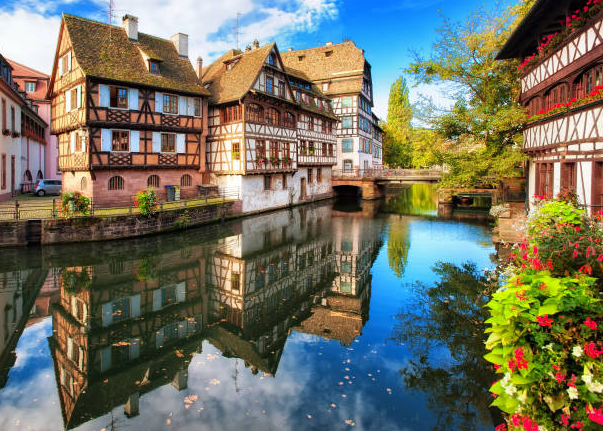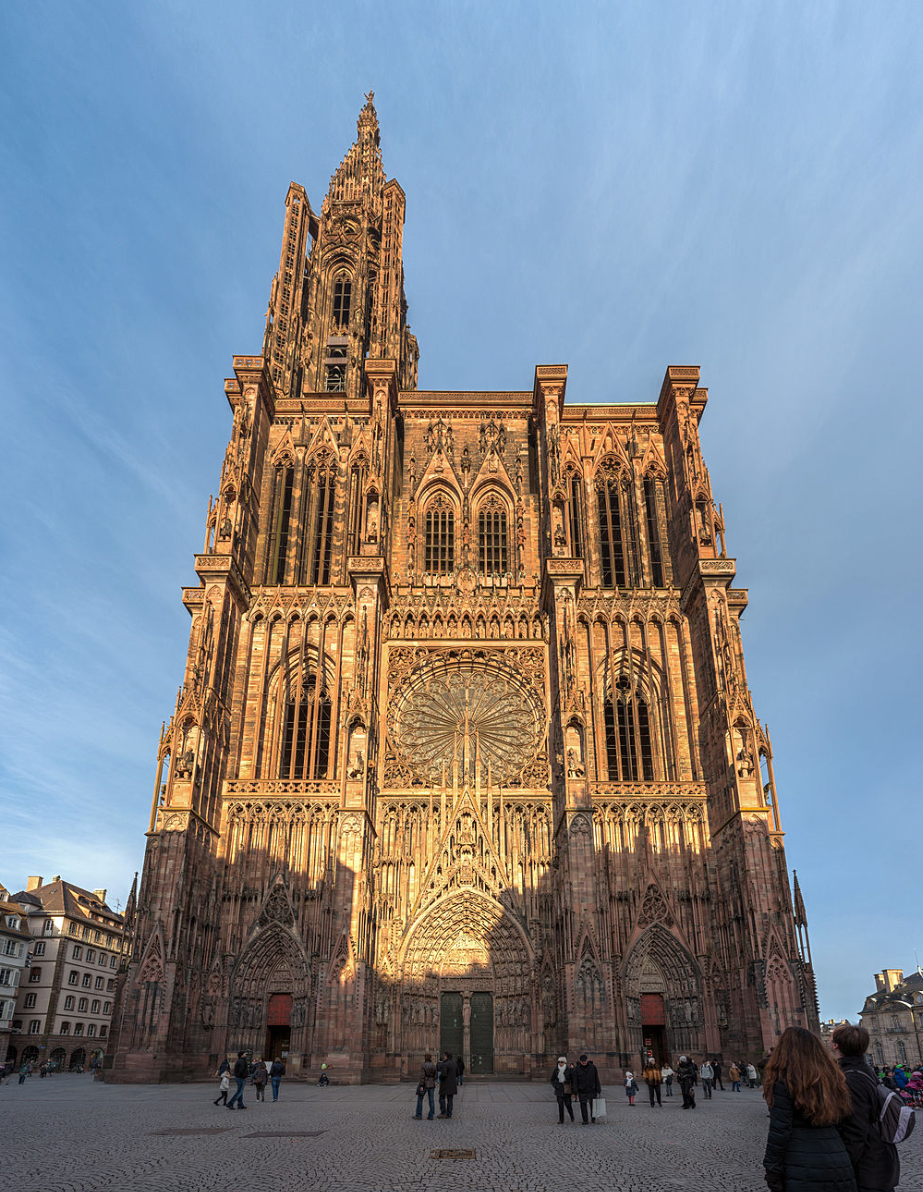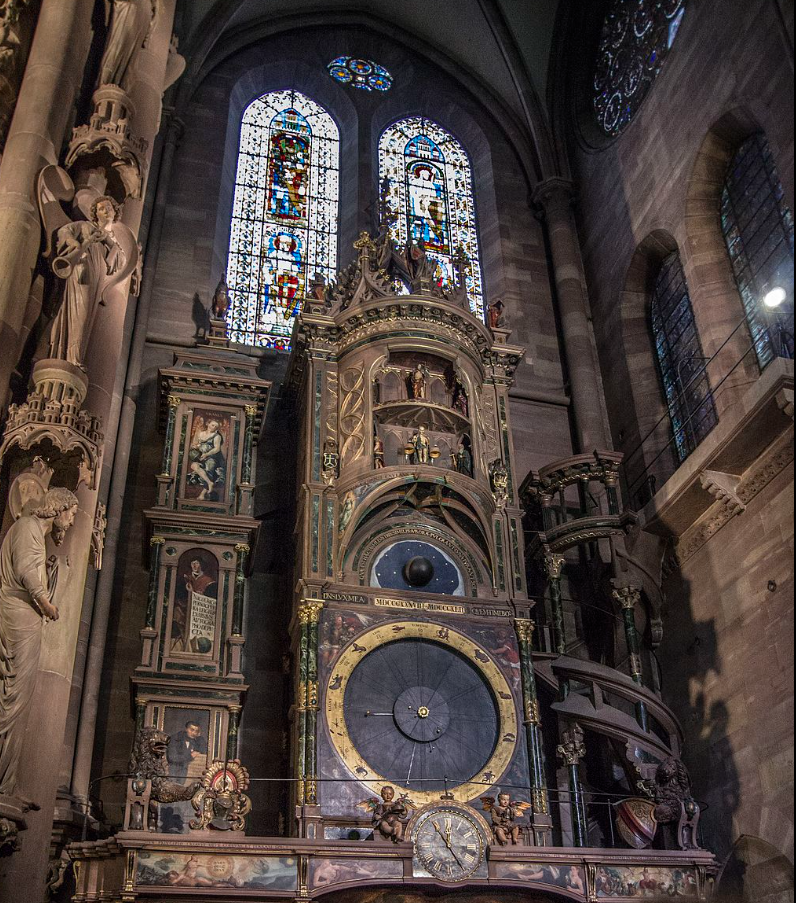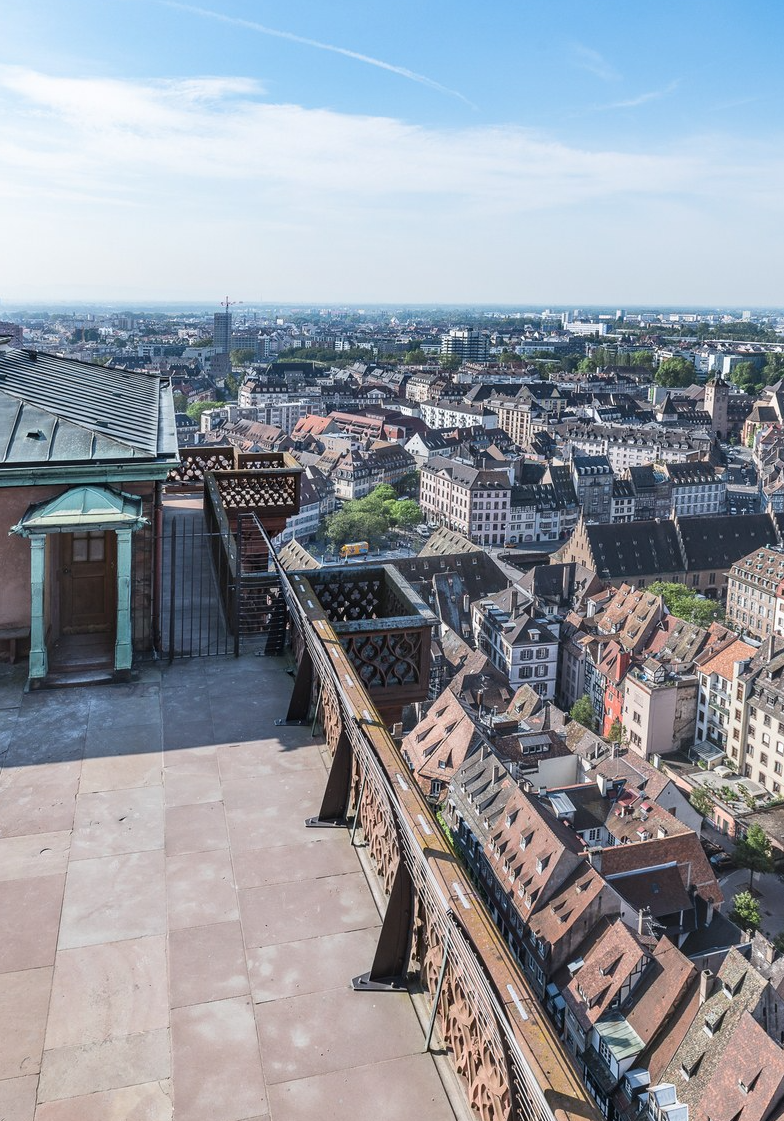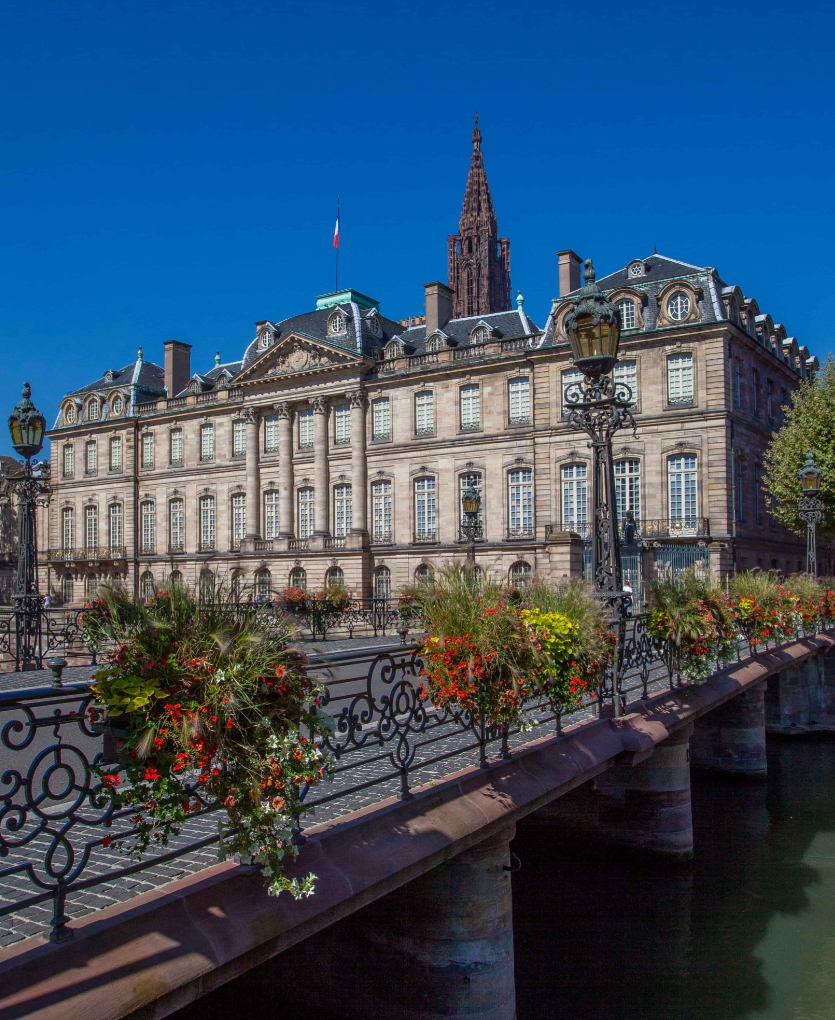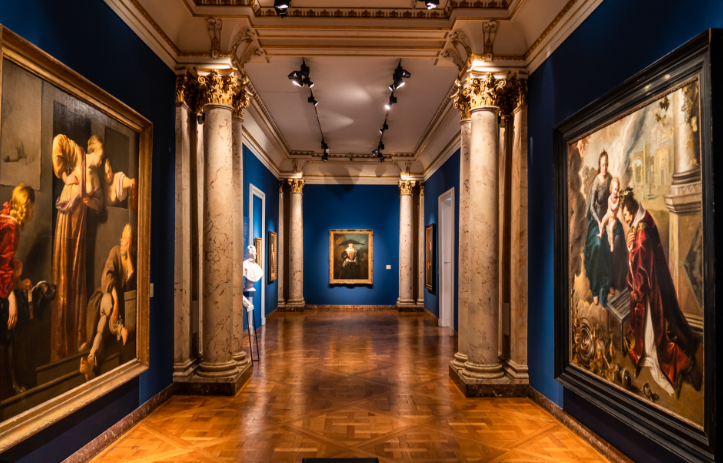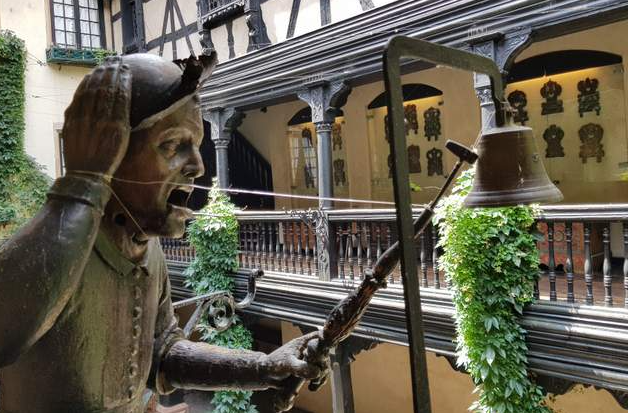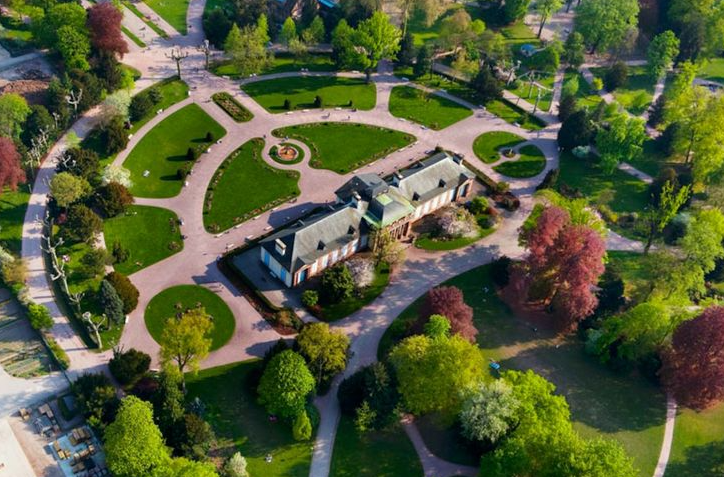What to drink in Strasbourg
Riesling, Gewurtstraminer, Sylvaner, pinot blanc or gris or noir, you name it!
The Alsace region is famous for its wines, specially whites.
For something light and fresh to start the evening, chose a Sylvaner or a Muscat (silent "t"). Fancy something full-bodied for your fish, meat, or traditional choucroute? Try a Riesling and/or a Pinot gris (silent "t" and "s"). For sweeter and more complex notes, a Gewurtstraminer will fantastically accommodate strong cheeses and even some deserts. And the legend says that the rest of France also proposes some good wines...
Staying for a few more days? You can follow the touristic Route des Vins (wines road) across the Alsatian vineyards to enjoy breathtaking landscapes, and stop at local producers for a little tasting session. But remember: the designated driver must spit out the wine in a dedicated bucket (crachoir), to make sure everybody will continue to fully enjoy the scenery and the wines along the road! The tasting experience comes uniquely from the eye (color, brightness, viscosity), the nose (aromatic notes), and the mouth (smell, taste, and texture). Swallowing does not bring anything at all! Spitting the wine is the proper method used by professionals and is not at all considered disrespectful... if you aim well.
Bubbles!
Crémant d'Alsace is a sparkling white wine. Don't call it Champagne, as only the sparkling wine produced in the Champagne Region (our neighbors to the West) can be legally named that way. Crémant is less acidic and usually more affordable than Champagne. Enjoy a glass of crémant at the apéritif, with your desert, or even during the meal!
Enjoy a local beer
When it comes to drinks, the Northern and Eastern regions of metropolitan France have been, quite willingly, influenced by our Belgium and German neighbors. While wine is the only acceptable religion in the rest of the country, Alsace happily hosts the two cults! You may pass by hop farms between two vineyards.
In Strasbourg, you will find many microbreweries making their own beers, often with a bar where one can taste the production. The variety is too large to be described here: ask waiters for recommendations. The big families of beers you will be offered are:
Blanche (white): top-fermented, unfiltered, refreshing.
Ambrée (amber colored): pale ale. Rather strong-bodied.
Blonde (blond): very pale ale. Clear and light.
Bière d'abbaye (Abbey beer): a beer traditionally brewed in an abbey. While most of the productions have moved to factories, beers still made by monks are called Trappist beers.
Remember...
Drink responsibly!
Carrying and/or drinking alcohol is allowed in parks and the streets. However, it is forbidden to be visibly under the influence of alcohol in any public place.












